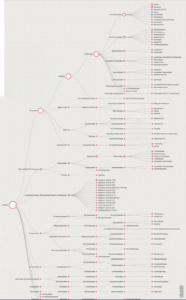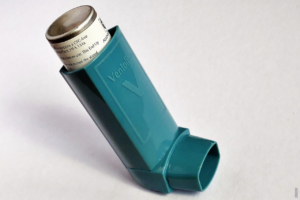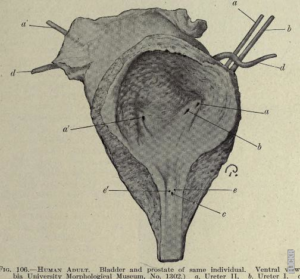Unveiling the Path to Healing
Post-traumatic stress disorder (PTSD) is a debilitating condition that can leave individuals feeling trapped in a never-ending nightmare. However, with the right treatment and support, there is hope for those affected by this insidious disorder.
The Journey to Recovery
When it comes to treating PTSD, every individual’s path to recovery is unique. However, there are several evidence-based approaches that have shown promise in helping individuals reclaim their lives.
Cognitive Behavioral Therapy (CBT)
One of the most effective treatments for PTSD is cognitive-behavioral therapy (CBT). This therapeutic approach focuses on identifying and changing negative thought patterns and behaviors associated with the traumatic event. By challenging distorted beliefs and learning healthy coping mechanisms, individuals can regain control over their lives.
Eye Movement Desensitization and Reprocessing (EMDR)
Another groundbreaking treatment for PTSD is Eye Movement Desensitization and Reprocessing (EMDR). This therapy incorporates bilateral stimulation, such as eye movements or hand taps, while individuals recall traumatic memories. The goal is to reprocess these memories, reducing their emotional intensity and allowing for healing to occur.
Medication
In some cases, medication can be a useful adjunct to therapy in treating PTSD. Antidepressants and anti-anxiety medications are commonly prescribed to help manage symptoms such as depression, anxiety, and sleep disturbances. However, medication should always be used in conjunction with therapy for optimal results.
Post
Post
Self-Care and Support
While professional treatment is crucial, self-care and support from loved ones play a vital role in the recovery process. Engaging in activities that promote relaxation and well-being, such as exercise, mindfulness, and creative outlets, can help individuals cope with the challenges of PTSD. Additionally, building a strong support network of understanding and empathetic individuals can provide a sense of belonging and validation.
A Glimpse of Hope
Though the road to recovery may seem daunting, it is important to remember that healing is possible. With the right combination of therapy, medication, self-care, and support, individuals with PTSD can embark on a transformative journey towards reclaiming their lives.
Breaking the Chains
As we delve into the intricate web of PTSD treatment, we uncover the key to unlocking the chains that bind survivors to their past traumas. By embracing innovative therapies, nurturing oneself, and fostering a supportive community, we can empower those affected by PTSD to break free from the shackles of their experiences and embrace a future filled with hope and resilience.



